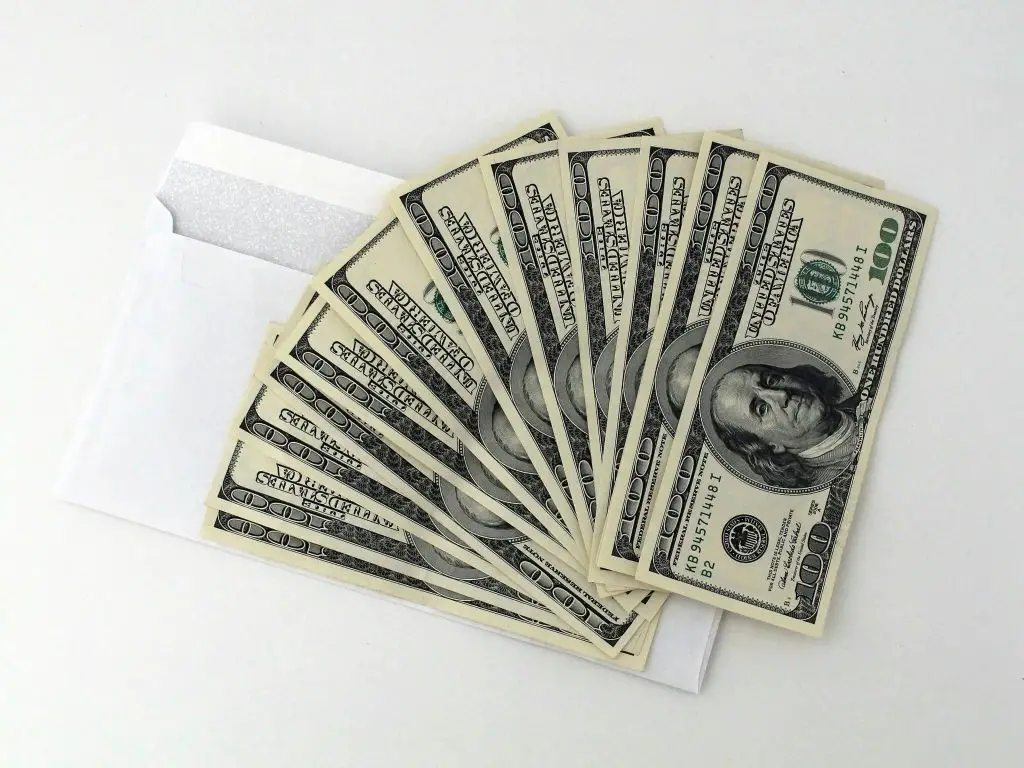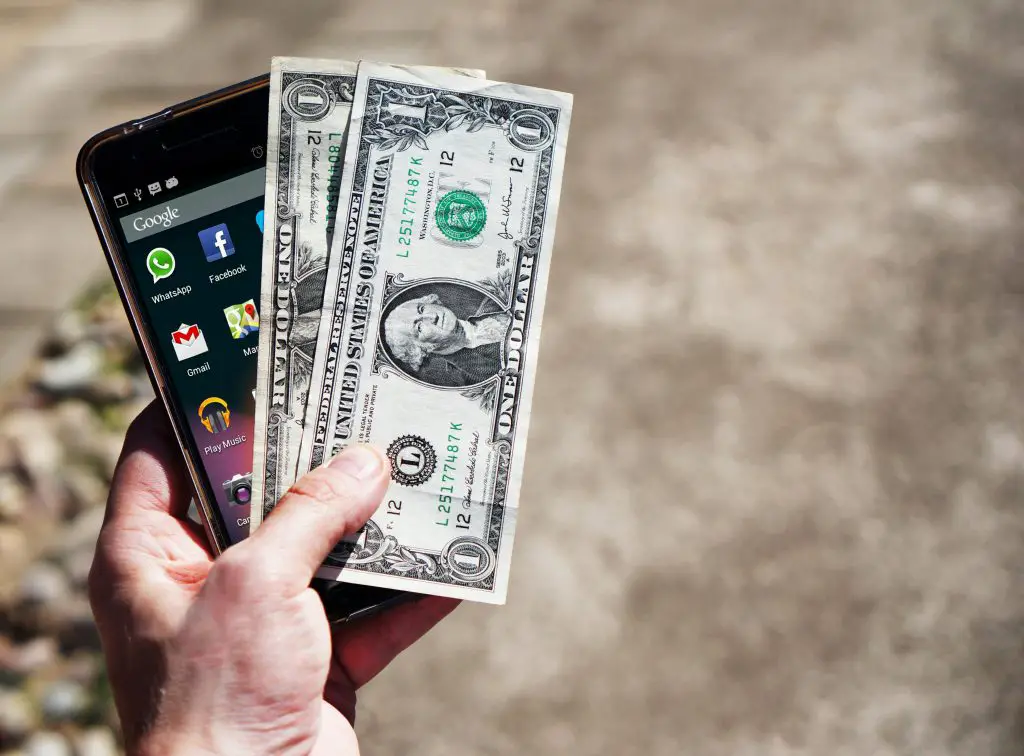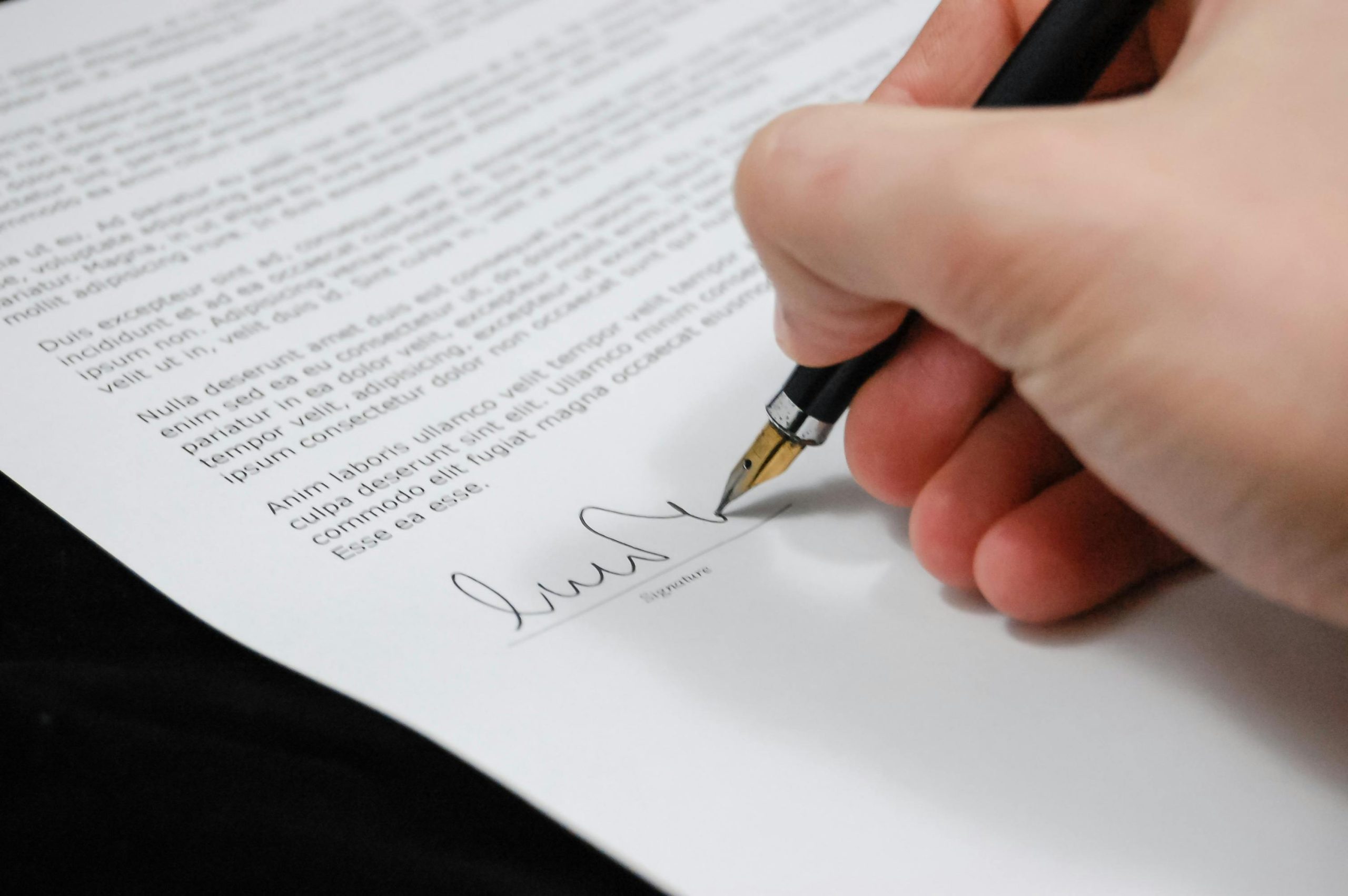Form 8300: Reporting Cash Payments of Over $10,000
Publicado:
Principales conclusiones
- Form 8300 is required when your business receives more than $10,000 in cash from a single buyer as part of a single transaction or multiple related transactions. This isn’t optional—it’s a legal obligation that helps federal agencies keep tabs on potentially suspicious financial activity.
- The definition of “cash” isn’t limited to physical bills. It also includes things like money orders, cashier’s checks, and bank drafts when they’re under $10,000 and appear to be used in place of actual cash. However, personal checks do not count as cash for the purposes of this form.
- You have to file Form 8300 within 15 calendar days of receiving the cash. If the cash comes in installments that are part of the same deal, you need to file the form once the total exceeds $10,000 and do so within 15 days of that point.
- Filing electronically is allowed and even encouraged. You can submit Form 8300 using the Financial Crimes Enforcement Network’s BSA E-Filing System. This is often faster and more convenient than mailing in a paper form.
- Not only do you have to file with the IRS and FinCEN, but you also need to notify the individual who gave you the cash that you’ve submitted a Form 8300. This notice has to be sent by January 31 of the year following the transaction.
If you’ve ever received a large cash payment in the course of your business, whether you’re selling cars, dealing in jewelry, running a construction company, or managing a rental property, there’s a good chance you’ve crossed paths with a little-known but very important IRS document: Form 8300. It might sound like just another tax form buried in red tape, but it actually plays a major role in keeping financial transactions transparent, above board, and in line with federal law.
Let’s take a deeper dive into what Form 8300 is all about, why you might be required to file it, and how to make sure you do it right.
What Is Form 8300?
Form 8300 is used to report the receipt of large cash payments, specifically, more than $10,000, in a trade or business. It’s a joint form used by the IRS and the Financial Crimes Enforcement Network (FinCEN), which means it’s not just about taxes; it’s also about preventing money laundering and other illegal activities involving large amounts of cash.
If you or your business receives more than $10,000 in actual cash from a customer—whether it’s all at once or as part of a series of related payments, you are required to file Form 8300. And just to be clear, this doesn’t apply only to brand-new cars or luxury watches. It applies to any kind of transaction where that threshold is met and the payment qualifies as cash.

Who Has to File Form 8300?
You do, if you’re in business and you accept large amounts of cash. This isn’t limited to certain industries, though it’s especially common in areas like car sales, real estate, jewelry, pawn shops, and even law offices handling certain settlements. If you’re running a business and someone hands you $11,000 in cash—or gives you $5,000 this week and $6,000 the next, as part of the same deal—you’re legally required to report that.
Even if your customer insists the money is legit and there’s nothing shady going on, that doesn’t change your obligation. The reporting requirement isn’t based on suspicion. It’s simply based on the amount and nature of the payment.
What Counts as “Cash” for Form 8300?
It’s not just green paper bills. Cash includes U.S. and foreign currency, as well as cashier’s checks, money orders, and bank drafts, but only if they are under $10,000 and are received in a way that looks like a cash substitute. If someone gives you a cashier’s check for $9,500 and a wad of $1,000 in twenties, that’s considered a total cash payment of $10,500.
Personal checks, on the other hand, don’t count as cash for Form 8300 purposes. The IRS makes a distinction there because personal checks leave a traceable paper trail.
When Do You Have to File It?
Unlike most IRS forms, which have a specific date attached to them when you have to file them, Form 8300 has no set date, so your timing is of utmost importance. You must file Form 8300 within 15 days of receiving the cash. If the payment is made in installments, you have 15 days from the day the total exceeds $10,000. There’s no getting around it, this is a strict deadline, and failing to meet it can result in penalties.
Along with filing the form, you’re also required to notify the person who gave you the cash that you reported the transaction. This notice must be in writing and given to them by January 31 of the following year.
How to File Form 8300
You have a couple of options. You can file a paper form by mailing it in, or you can file it electronically using the BSA E-Filing System. The electronic method is often easier and quicker, and the IRS actually encourages it. Whether you file on paper or online, make sure you have all the required information, including the payer’s name, address, taxpayer identification number, the amount received, and the nature of the transaction.
If you’re concerned about how your customer will react to being reported, keep in mind that this is a routine process for many businesses, and your responsibility is simply to follow the law.
Why the Government Cares So Much About Form 8300
The big reason Form 8300 exists is to help crack down on money laundering, drug trafficking, and other financial crimes. Large cash transactions can be a red flag for illegal activity, and by reporting them, businesses help the IRS and FinCEN keep things in check. That doesn’t mean your customers are necessarily doing anything wrong—it just means the government wants a clear record of how big sums of cash are moving around.

Common Mistakes to Avoid
The most common mistake people make about Form 8300 is thinking the rule doesn’t apply if the money is received over multiple days. And yes, that kinda sounds like it makes sense if you don’t think about it too much, but let’s go over this. If it’s all part of the same deal or series of related transactions, the total amount still counts.
Another mistake is assuming a check or money order doesn’t need to be reported, some do. Also, don’t forget to notify your customer by the required deadline. That notice is just as important as filing the form.
And of course, not filing at all, or filing late, can get you into trouble. The penalties aren’t small either. In some cases, if the IRS thinks you deliberately avoided filing Form 8300, the fine can be thousands of dollars, or even lead to criminal charges.
Privacy and Customer Reactions
You might be worried about how your customer will feel knowing you’ve reported their payment. That’s understandable, but the process is confidential. The IRS doesn’t share the information with the customer or other businesses. Your customer is only notified that a report was made, not what was said on it. It’s a good idea to be upfront about the legal requirement when accepting a large cash payment, especially if you think it’ll come up later.
2025 Changes on Form 8300
While the basic rules haven’t changed for 2025, the IRS and FinCEN have been pushing for more digital compliance and encouraging electronic filing over paper. Also, enforcement is getting tighter. That means if you’ve gotten away with not filing before, you may not have the same luck going forward. The agencies are actively monitoring industries with frequent large cash transactions and sending reminders to businesses that haven’t filed.
The Final Word on Form 8300…
Form 8300 isn’t just another piece of paperwork—it’s a key part of staying compliant if your business handles large cash payments. By filing it accurately and on time, you’re protecting yourself and your business from potential penalties and helping uphold transparency in financial transactions. It might feel a little awkward at first, but once you understand the process, it becomes just another step in responsible business practice.
If you’re unsure whether a payment qualifies or how to fill out the form correctly, it’s always a good idea to consult a tax professional. They can walk you through the details and help you avoid any missteps.

Form 8300: FAQ
1. Why do I need to file Form 8300 if the transaction was legitimate?
The reason isn’t about the transaction being suspicious or illegal. Filing Form 8300 is required simply because the amount of cash involved triggers reporting rules. The IRS and FinCEN use this information to track large cash flows and prevent crimes like money laundering or tax evasion. Even if your customer is trustworthy and you have no reason to think anything’s wrong, the law still requires that the form be filed. It’s not about accusing anyone—it’s about creating a record of big cash payments.
2. Does this apply if the payment was made in installments?
Yes, it absolutely can. If the payments are related to the same transaction or a series of connected transactions and the total hits $10,000 or more, Form 8300 needs to be filed. The key word here is “related.” For example, if a buyer is paying off a large item over a few weeks in cash, and those payments total more than $10,000, you’d need to file the form within 15 days of when the payments pass that threshold.
3. What if I’m paid in something other than cash—do I still file?
It depends. Personal checks, credit card payments, and bank wires generally don’t count as cash under the rules for Form 8300. But things like money orders, cashier’s checks, and traveler’s checks can count if they are each under $10,000 and seem to be used as cash substitutes. If someone gives you multiple smaller instruments that together add up to over $10,000, that’s a red flag that you might need to file. It’s best to evaluate whether the items function like cash and are being used to get around the reporting threshold.
4. What happens if I don’t file Form 8300 on time—or at all?
The penalties can be significant. The IRS can hit you with fines for failing to file, and those can get worse the longer you wait or if they think you intentionally skipped the filing. In some cases, especially if it looks like the non-filing was willful, the penalties can be thousands of dollars. Criminal charges are rare but possible if there’s a pattern of noncompliance. The best move is to treat Form 8300 as a normal part of your business if you deal in large cash payments and not put it off.
5. Do I have to tell my customer that I filed Form 8300 about their payment?
Yes, you do. That’s part of the legal requirement. You must send a written statement to the individual who gave you the cash, letting them know you submitted a Form 8300 that includes their payment. This statement has to be given to them by January 31 of the year after the transaction. The purpose isn’t to get anyone in trouble—it’s about transparency. Your customer may already expect this if they’ve made other large payments elsewhere.
6. Can I e-file Form 8300 instead of mailing it?
Yes, and many businesses prefer to do it that way. The BSA E-Filing System is the electronic platform for filing Form 8300, and it’s maintained by FinCEN. It’s free, secure, and often more efficient than printing and mailing the form. The e-filing option also helps ensure that your form gets to the right place on time, which is especially helpful given the strict 15-day deadline. If your business regularly handles cash transactions, using the electronic system can save you a lot of time and stress.


